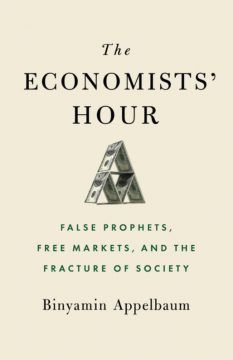 Robin Kaiser-Schatzlein in TNR:
Robin Kaiser-Schatzlein in TNR:
Each story begins in the mid-century, when the New Deal created a new need for economists. The New Deal inflated the size of the federal government, and politicians turned to economists to make sense of their new complicated initiatives and help rationalize their policies to constituents. Even Milton Friedman, the dark apostle of market fundamentalism, admitted that “ironically, the New Deal was a lifesaver.” Without it, he said, he may have never been employed as an economist. From the mid-1950s to the late 1970s the number of economists in the federal government swelled from about 2,000 to 6,000.
The New Deal also gave rise to cost-benefit analysis. Large projects, like dam building or rural electrification, needed to be budgeted and constrained. In 1939, Cambridge economist Nicholas Kaldor asserted that the political problem with cost-benefit analysis—that someone always loses out—wasn’t a problem. This was because the government could theoretically redirect a little money from the winners to the losers, to even things out: For example, if a policy caused corn consumption to drop, the government could redirect the savings to aggrieved farmers. However, it didn’t provide any reason why the government would rebalance the scale, just that it was possible. What is now called the Kaldor-Hicks principle, “is a theory, “ Appelbaum says, “to gladden the hearts of winners: it is less clear that losers will be comforted by the possession of theoretical benefits.” The principle remains the theoretical core of cost-benefit analysis, Appelbaum says. It’s an approach that sweeps the political problems of any policy—what to do about the losers—under the rug.
More here.
